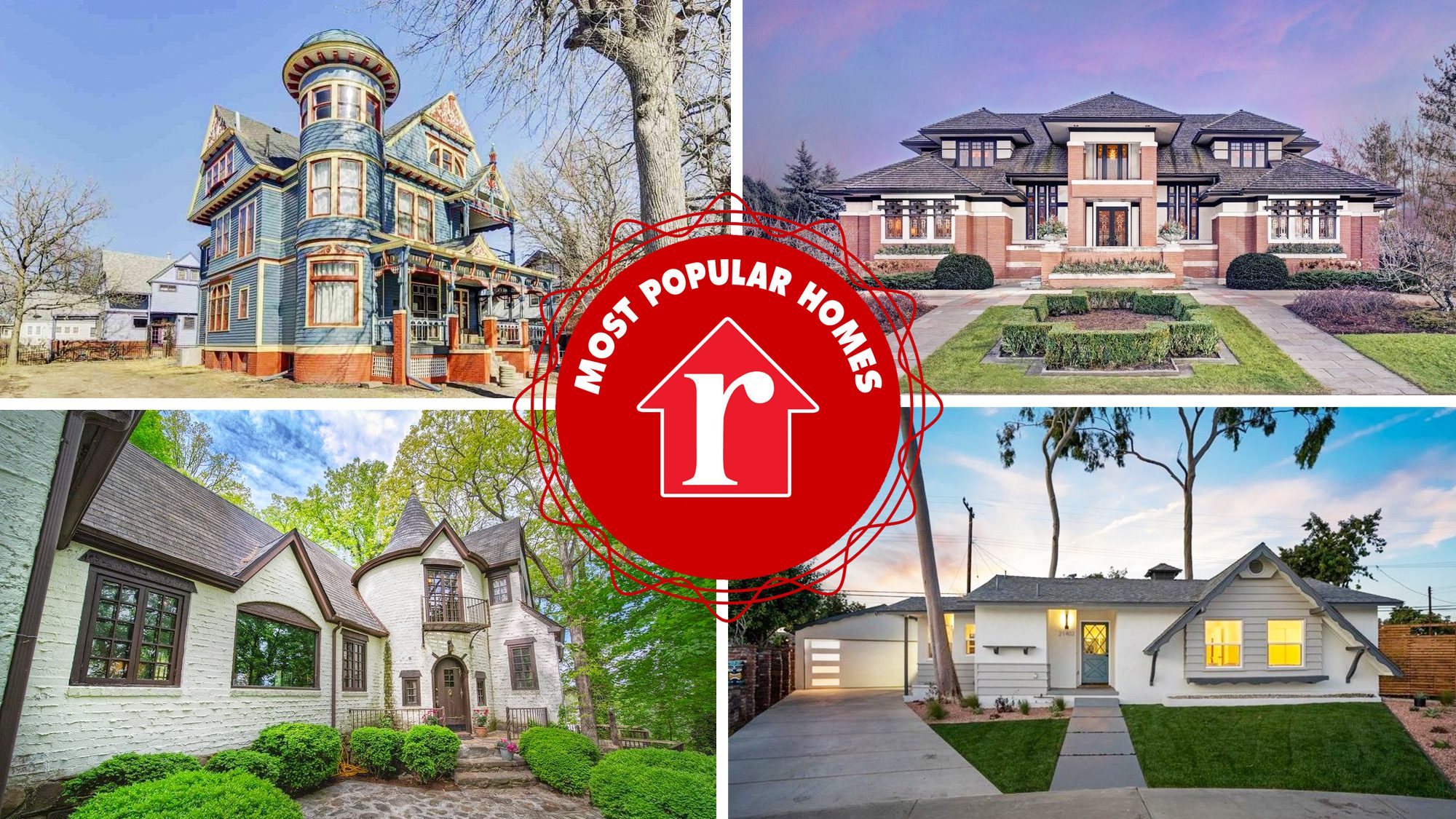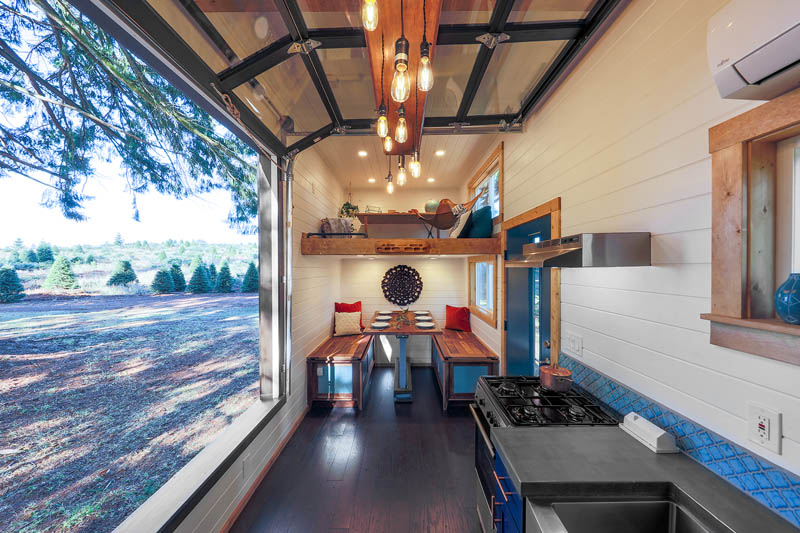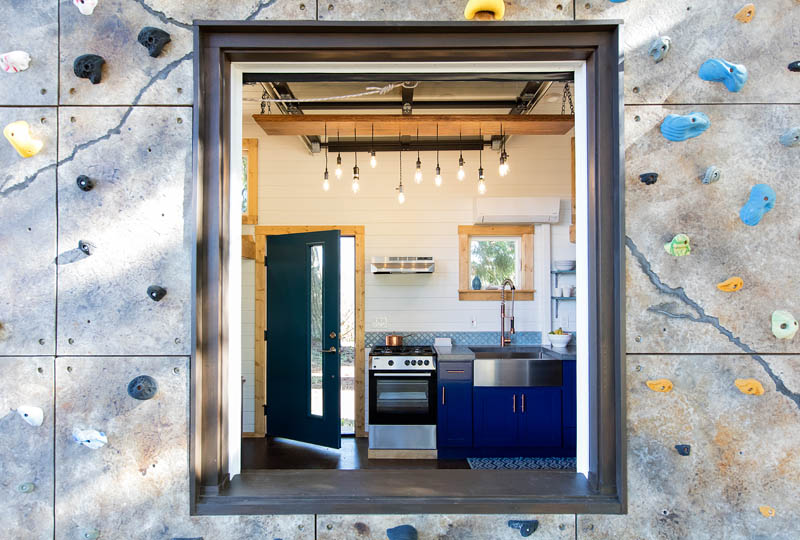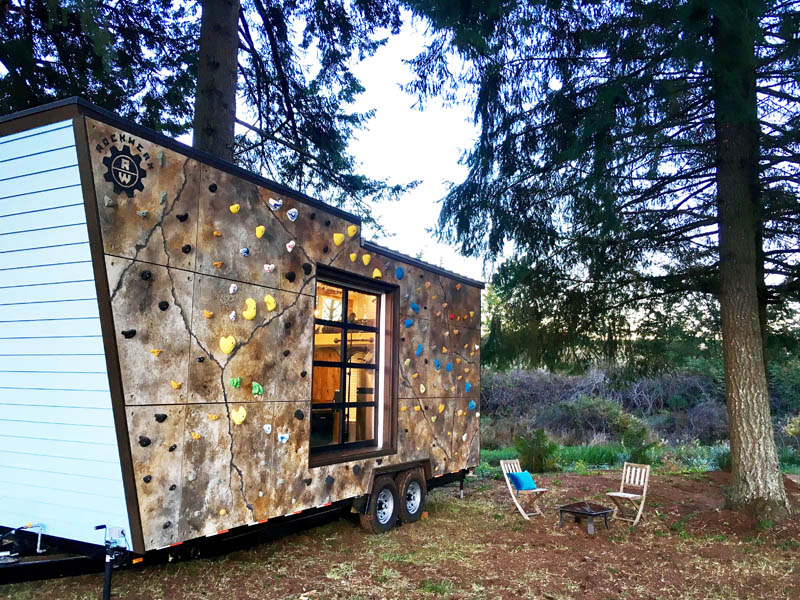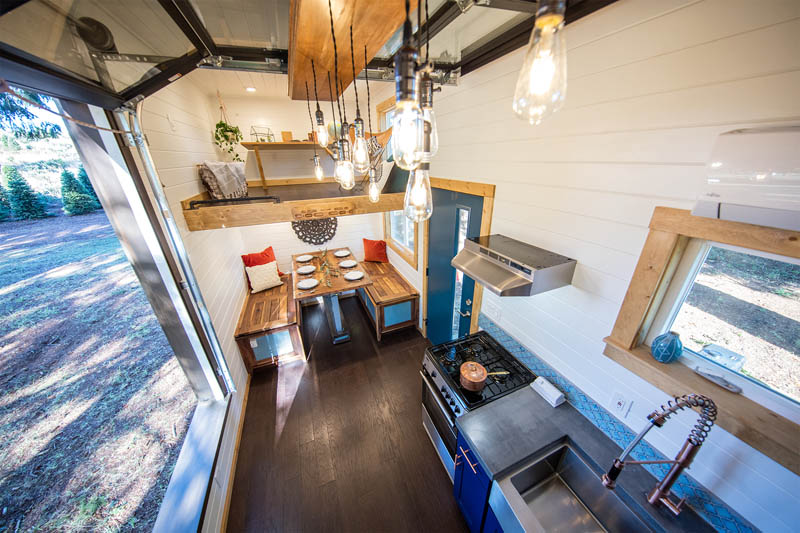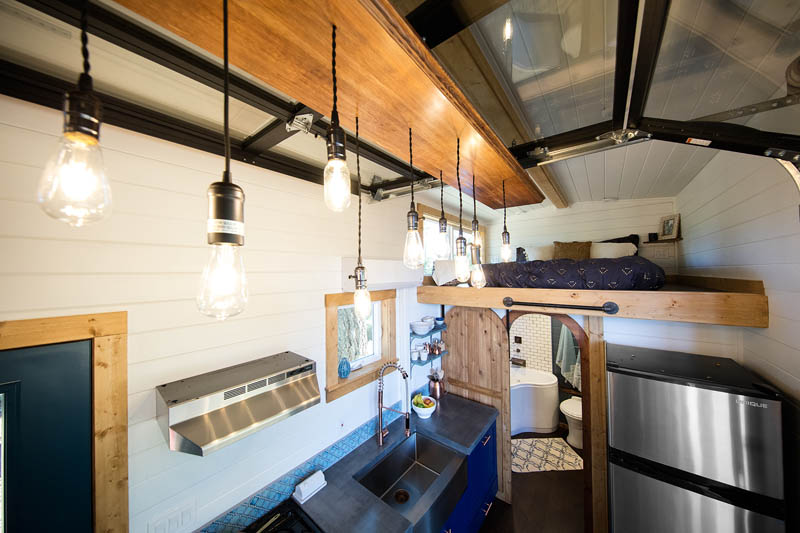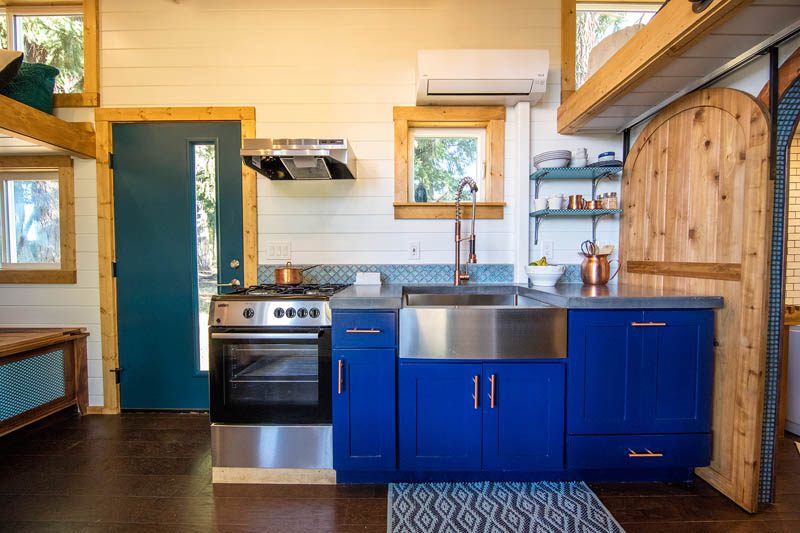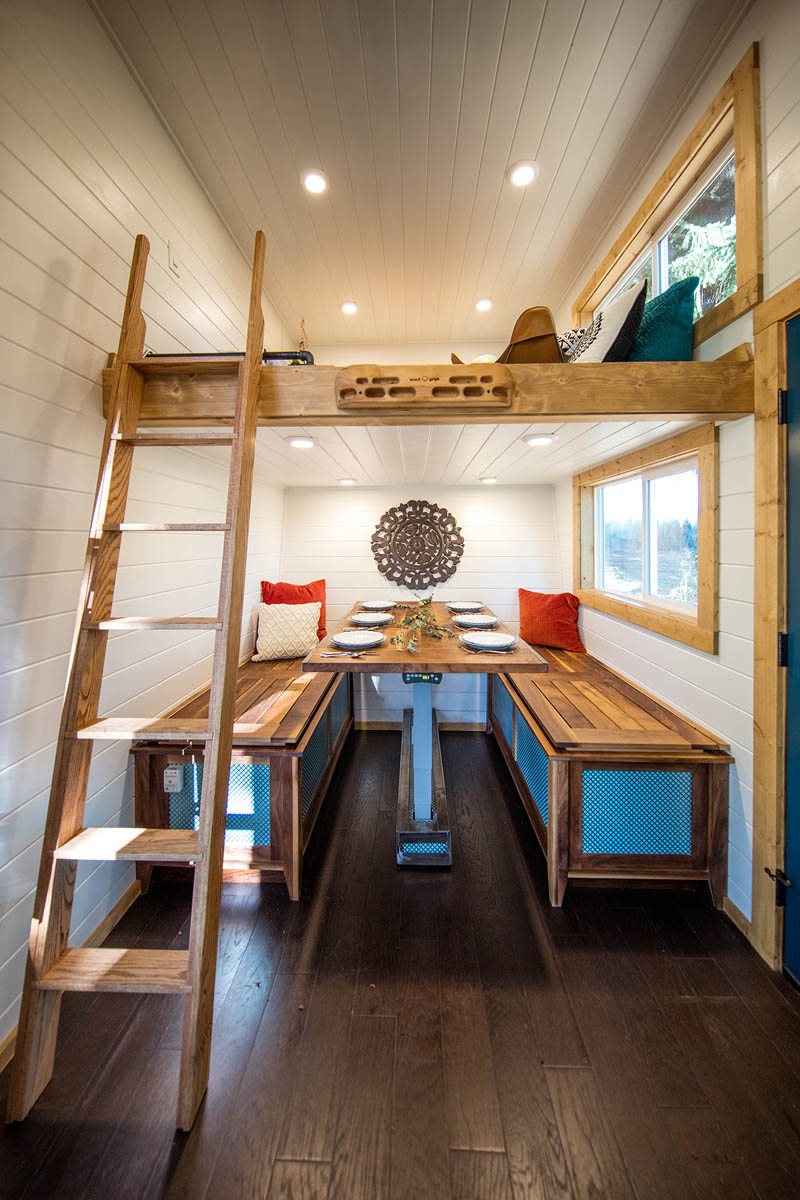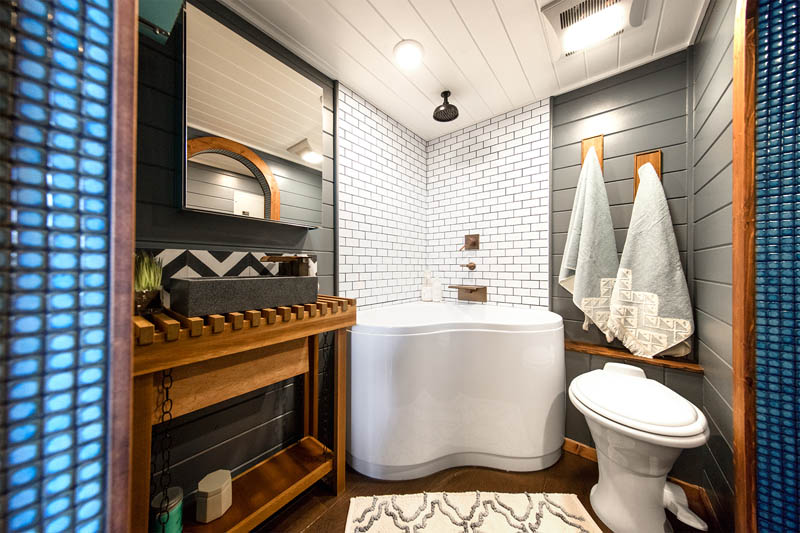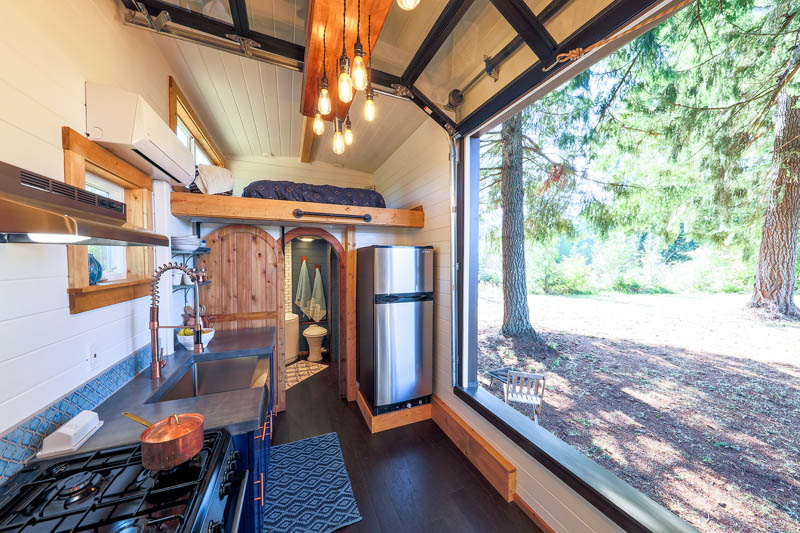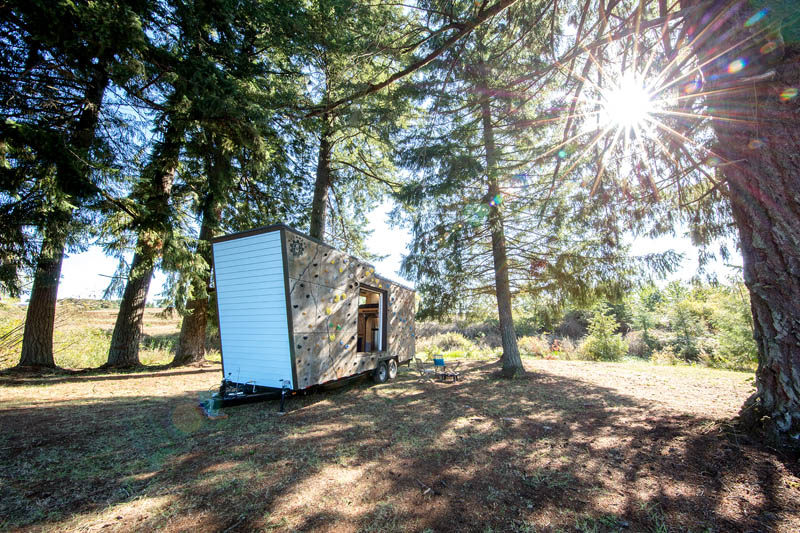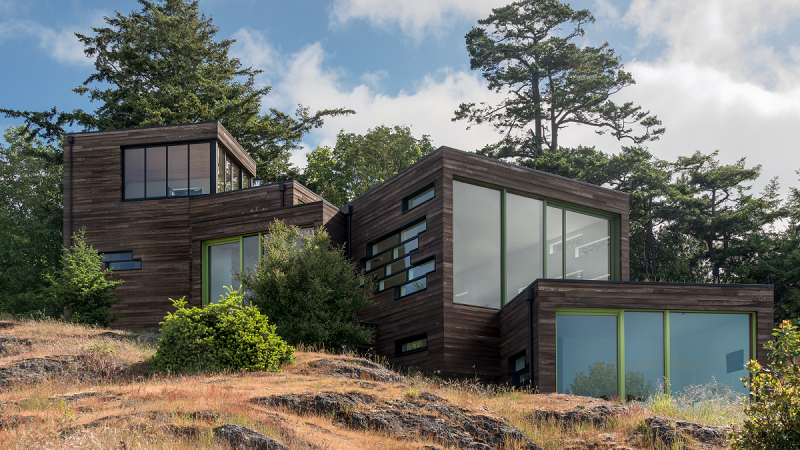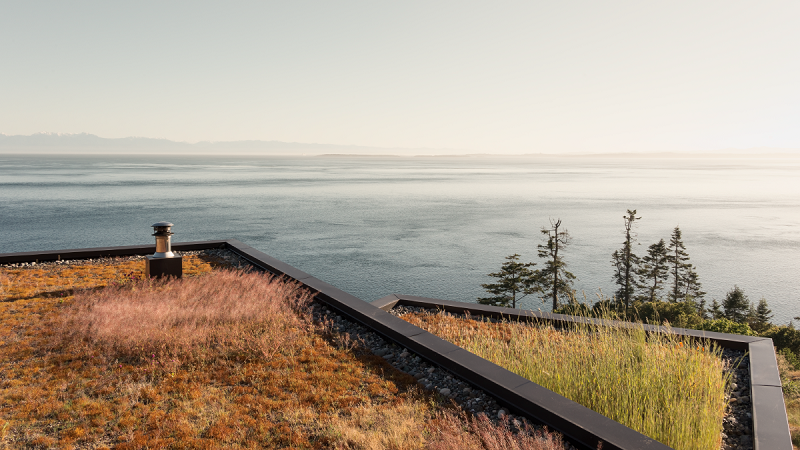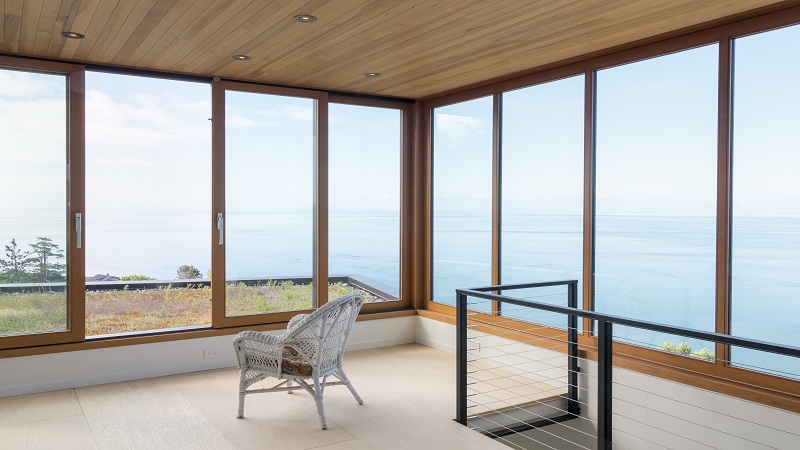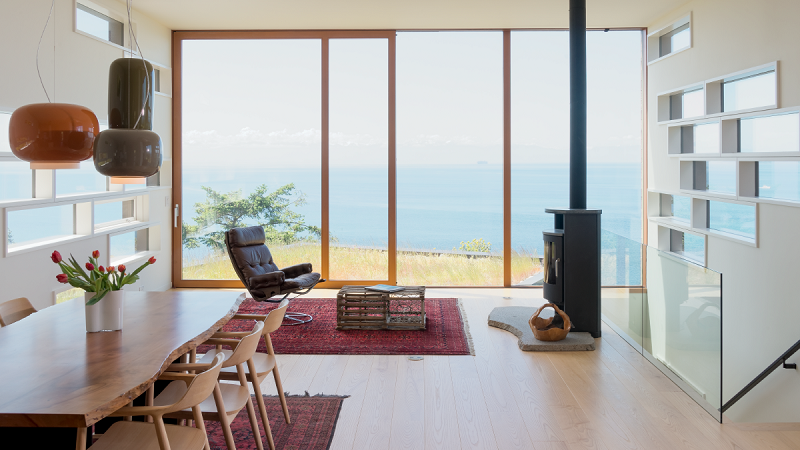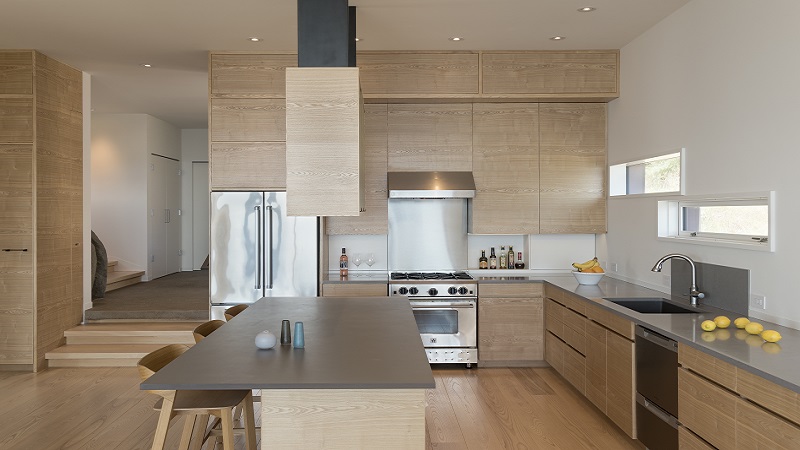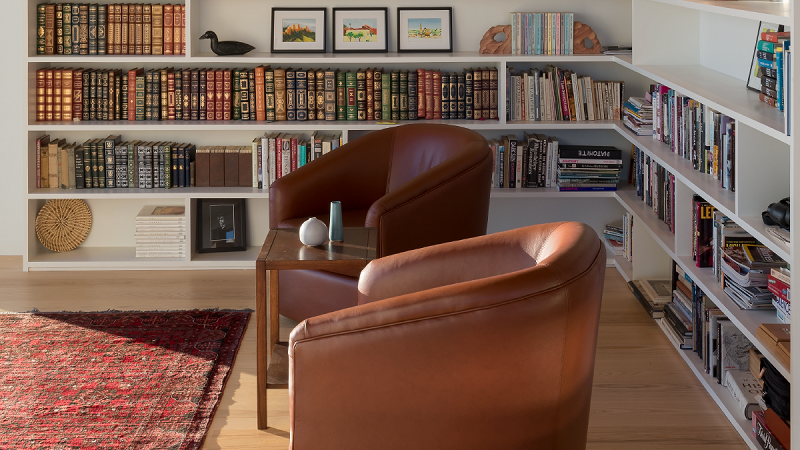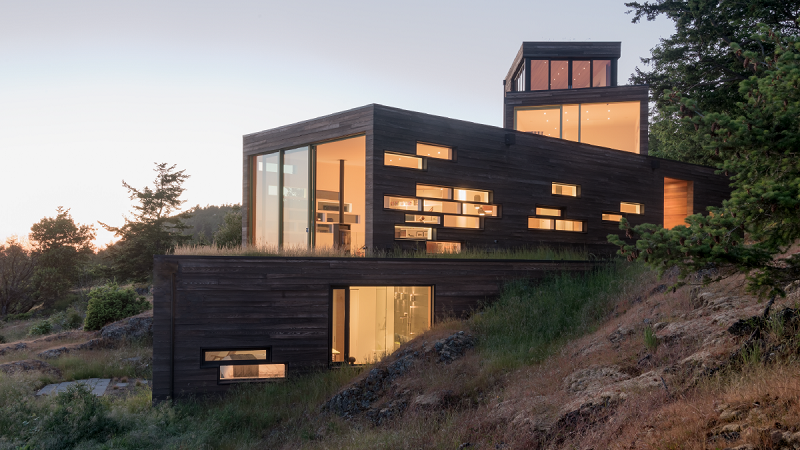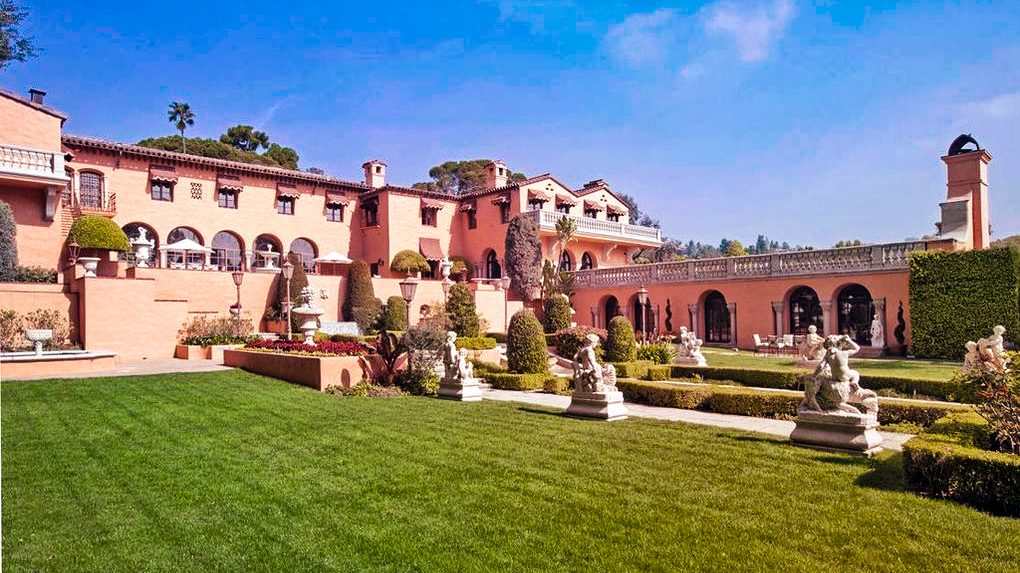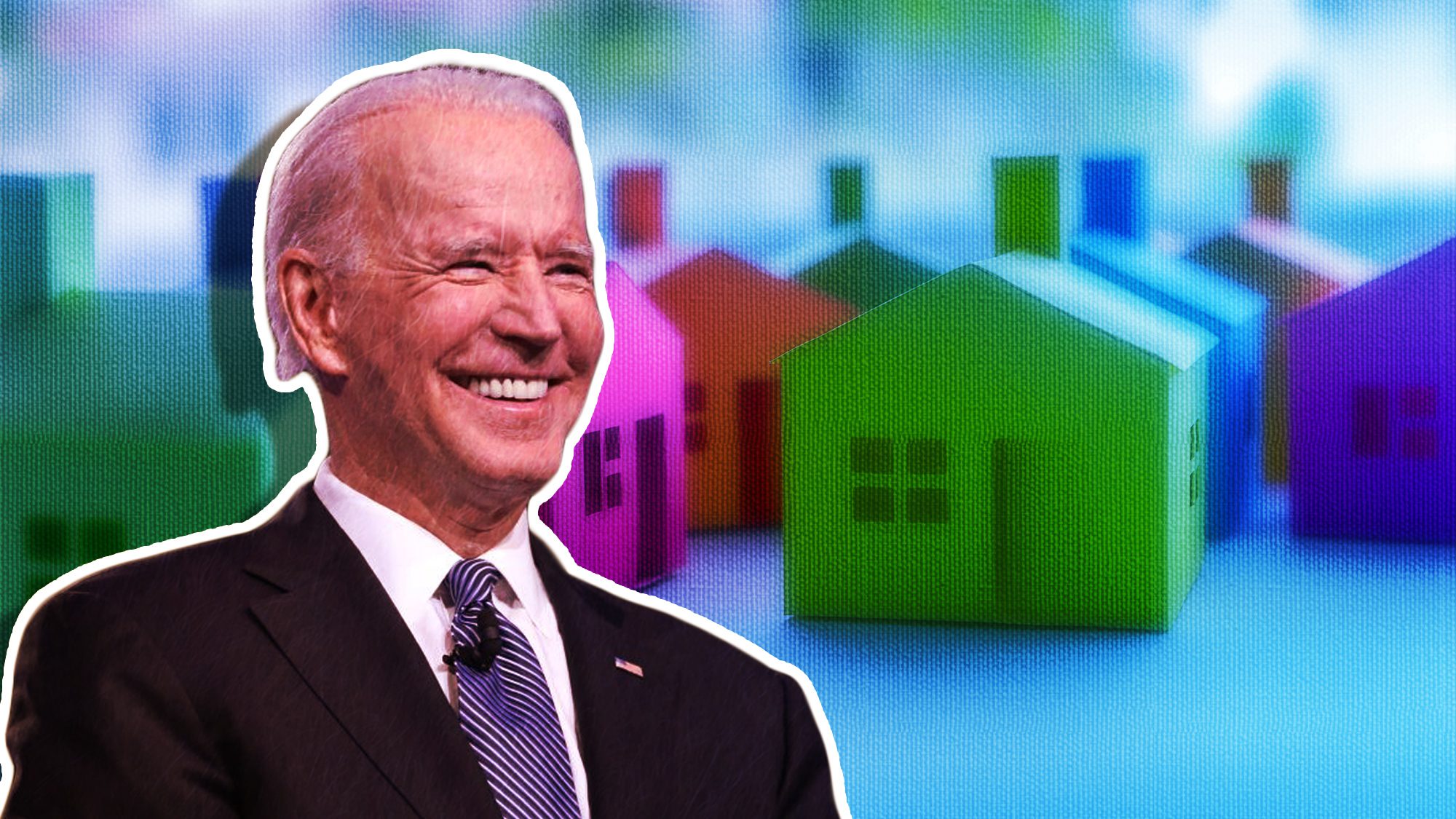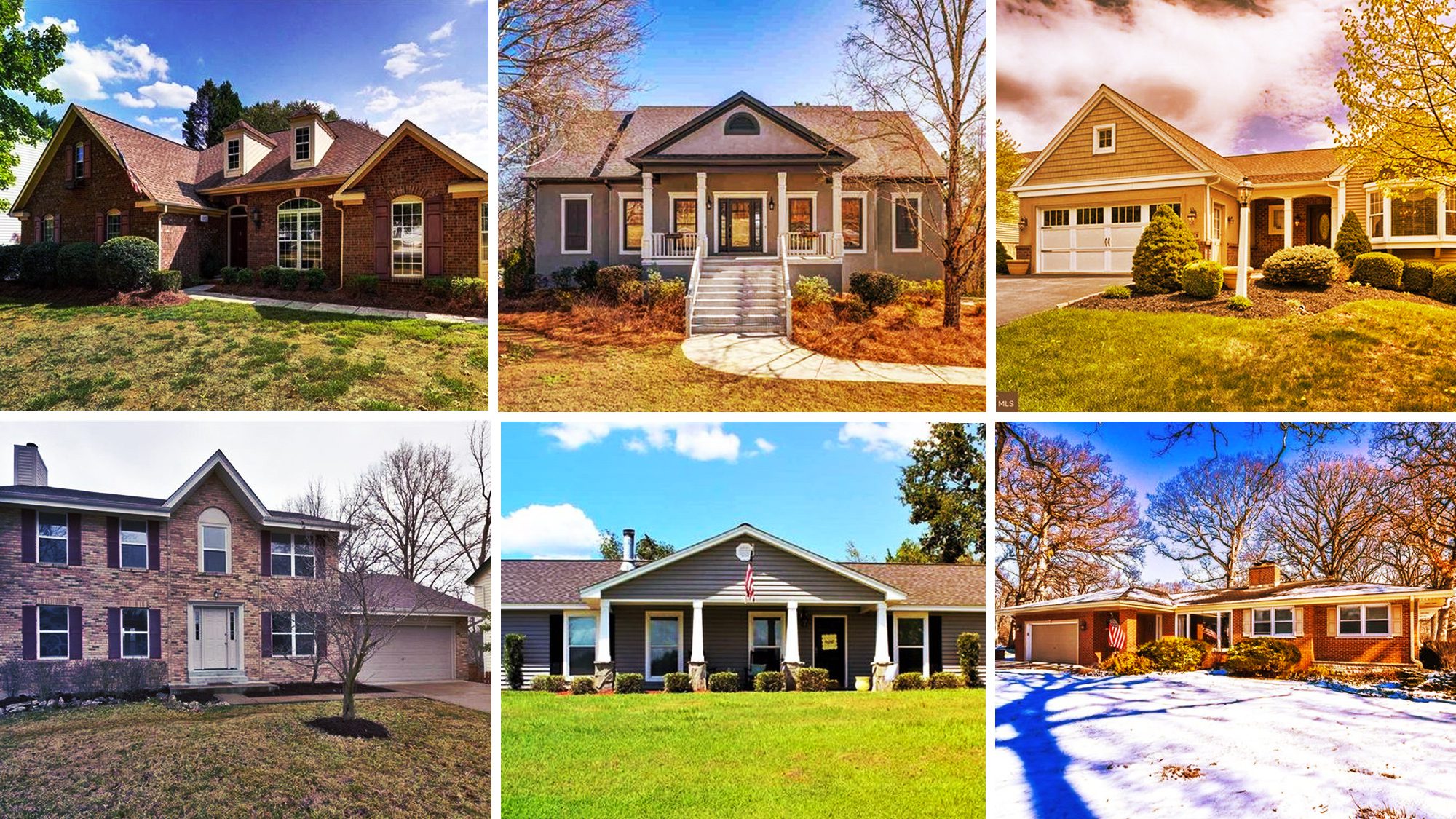
Olena_T/iStock
Everyone, it seems, is finally coming to grips with the threat posed by the rapidly spreading coronavirus. The stock market drops reflect investor panic over the possible effects on the global economy, and are causing regular folks to worry about their retirement funds. And would-be home buyers and home sellers? Well, they’re buckling in for a bumpy ride with plenty of blind corners.
The World Health Organization warned—again—on Friday that the virus that causes COVID-19 could soon reach most, if not all, countries around the world.
So what will be the impact of this mounting crisis on the American real estate markets?
Already, mortgage interest rates have fallen as investors take their money out of the stock market and put the cash into safer U.S. Treasury bonds. When bonds are strong, mortgage rates typically go down.
While this is a short-term boon for buyers on a budget and sellers trying to drum up offers on their homes, a prolonged stock market plunge could put the brakes on home sales, especially in luxury markets. If the stock market continues its slide, that could help usher in a recession—and that could drag down the housing market by sidelining potential buyers, low rates or no.
“People don’t make big decisions in a vacuum, and buying a home is a big one,” says realtor.com® Chief Economist Danielle Hale. “If the stock market is flashing a sign that an economic slowdown is on the way, that’s when Main Street will feel it. And it could lead to a slowdown in home sales.”
The plunge in the financial markets is particularly concerning because there’s no end in sight, says Jonathan Way, a self-employed investment consultant based in Los Angeles. The market has had a good run, he says, rising for about a decade, and 2019 was a particularly good year. But the recent fall “was a sign that this [virus] was really going to have a serious impact,” he says.
China is the world’s second-largest economy and the largest exporter of goods. So all the quarantines, travel bans, and disruptions to the supply chain were bound to be felt worldwide.
“The economy has been chugging along pretty good. But the virus is a wild card that could slow things down,” says Way.
Luxury real estate is the most vulnerable to a stock market drop
The luxury real estate market is generally the most vulnerable to stock market drops. The reason is simple: Wealthy buyers who can afford $1 million-plus homes generally have more money invested in stocks. When markets are down, it takes a bite out of these folks’ net worth.
“If you’re feeling less wealthy, you’re less likely to make a large purchase,” says Hale.
In addition, fewer Chinese buyers, who have made up a significant chunk of luxury buyers, are touring properties in the U.S. these days, thanks to the temporary travel ban enacted to prevent the spread of the virus.
“With stock market volatility, the market is going to remain slow,” says Ali Wolf, director of economic research at Meyers Research, national building consultants based in Costa Mesa, CA. “If the stock market continues to fall, there’s going to be a lot of luxury homes for sale and not a lot of buyers looking for them.”
New York City–based luxury real estate agent Dolly Lenz says it’s still business as usual for now, but that another precipitous drop in the stock market might change things in the luxury market, where homes always take the longest to sell due to their high prices.
“Real estate is a confidence play in the economy. If people lose their confidence, they’re going to think twice about what they’re paying for something,” Lenz says. “It doesn’t mean they won’t buy it, but they may [not want to pay as much] for it.”
Buyers may dive in to the market—or sit it out
The stock market drops and the spread of the virus could also affect the number of homes sold. For now, the lower mortgage rates, which are likely to continue ticking down, seem to have given sales a boost.
The pending sales index for January jumped 5.2% over the past month and was up 5.7% compared with the previous year, according to the National Association of Realtors®. The index measures purchases of existing homes that haven’t closed yet. It does not look at new construction.
Lower mortgage rates equal lower monthly payments, which means buyers can afford more expensive properties. Rates ticked down to 3.45% for 30-year fixed-rate loans as of Thursday, according to Freddie Mac.
“Buyers right now are trying to juggle whether or not they should jump in when mortgage rates are this low,” says Wolf, of Meyers Research. “What looks like a home that’s out of reach may actually be very affordable on a monthly payment schedule.”
Plus, all this uncertainty may make some folks long for security. And what’s more secure than owning your home?
“We may see a bit of a boost in home sales in the short term,” says realtor.com’s Hale. But depending on what happens, “it’s possible we could see sales slow down later in the spring.”
An additional complication: If the virus spreads significantly in the U.S., buyers may become uncomfortable mingling with strangers at open houses or signing all that paperwork in person.
“At the very least, the coronavirus could cause some people to put home sales on hold,” says Hale.
Depending on just how bad things get, home prices could flatten, dip, or even drop by as much as 10%, says Wolf. But sellers shouldn’t freak out and buyers shouldn’t hold their breath.
“That’s the worst case,” says Wolf. “We’re not there yet. It’s only been a week of this kind of turmoil [in the stock market]. It could rebound.”
The post How the Falling Stock Market and Coronavirus Fears Could Affect the Housing Market appeared first on Real Estate News & Insights | realtor.com®.
via How the Falling Stock Market and Coronavirus Fears Could Affect the Housing Market

